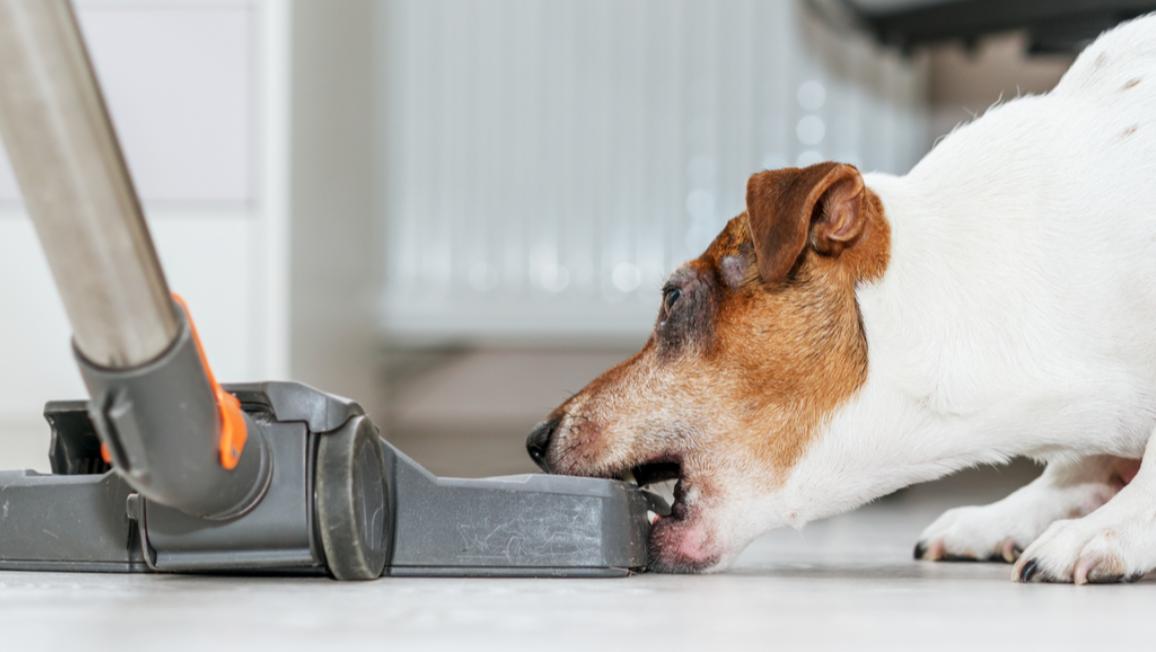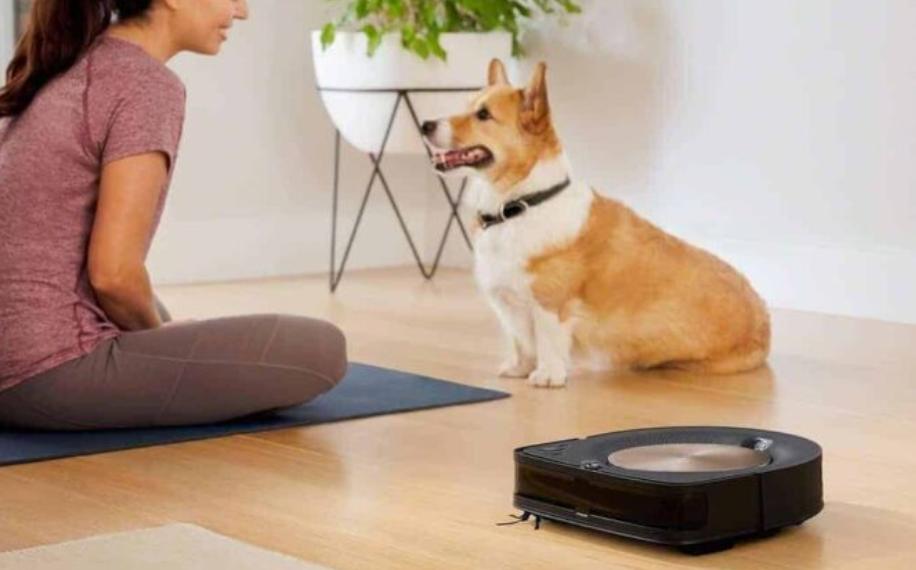
Dogs are known for their acute senses and peculiar behaviors, one of which is their aversion to vacuums. Pet owners frequently observe their furry friends cowering, barking, or even attacking the vacuum cleaner, turning a simple cleaning task into a stressful ordeal. Why do dogs hate vacuums? This blog aims to delve into the reasons behind this common canine phobia and provide practical solutions to help your dog overcome their fear of vacuum cleaners.

Understanding Canine Fear of Vacuums
Before addressing how to help your dog, it's important to understand why they react the way they do to vacuums. Several factors contribute to a dog’s anxiety and fear of vacuum cleaners, such as noise, movement, and even scents.
The Impact of Noise on Dogs
The loud noise produced by vacuum cleaners can be highly distressing for dogs. Unlike humans, dogs have a much sharper hearing capability, which means the sound of a vacuum can seem overwhelmingly intense and threatening. The sudden activation of the vacuum exacerbates the problem, startling dogs and triggering a fight-or-flight response.
Visual Perception and Movement Sensitivity
In addition to the noise, the movement of the vacuum can also contribute to a dog’s fear. Seeing a large, alien object moving unpredictably across the floor can be disconcerting. Dogs are naturally reactive to motion and may perceive the vacuum as a potential threat. Such erratic movement can disturb their sense of security and provoke anxiety.
Scent Sensitivity and Overload
Dogs’ sense of smell is incredibly refined, and the strong, unfamiliar scent of a vacuum cleaner can be another cause of discomfort. The vacuum may carry various scents from previous cleaning tasks that are foreign to the dog. This olfactory overload can contribute to their stress and fear when the vacuum is in use.
Common Behavioral Reactions to Vacuums
Dogs exhibit a range of behaviors in response to the vacuum cleaner. Recognizing these signs can help you understand your dog’s emotional state and assist in managing their fear.
Signs of Fear and Anxiety
When faced with a vacuum cleaner, dogs exhibit numerous telltale signs of fear and anxiety. These signs can include trembling, whimpering, hiding, or attempting to escape the room. Additionally, dogs may lick their lips frequently, yawn inappropriately, or adopt a low, crouched posture, all of which indicate their discomfort and stress in response to the vacuum cleaner’s noise and movement.
Protective and Aggressive Behaviors
Some dogs may respond to vacuum cleaners with protective or aggressive behavior, which can include barking aggressively, lunging at, or even attempting to bite the vacuum. This aggression is often a result of their fear or anxiety, as they perceive the vacuum as a threat to themselves or their territory. It's important to understand that this behavior stems from their instinct to protect.
Understanding the Root Causes of Vacuum Phobia in Dogs
Understanding the underlying reasons behind your dog’s vacuum phobia can be the first step in helping them overcome it. Several factors, including lack of exposure or negative experiences, can contribute to this fear.
Lack of Familiarization and Exposure
A lack of early exposure or improper familiarization can be a significant factor in a dog’s vacuum phobia. Dogs that have not been gradually introduced to household appliances may develop a persistent fear of them. Early desensitization plays a critical role in how dogs perceive and react to new and potentially frightening experiences.
Negative Past Experiences
Negative past experiences with vacuums can also lead to an enduring phobia in dogs. If a dog has had a particularly frightening encounter with a vacuum, such as being cornered, startled, or injured, they may begin to associate the vacuum with danger. These traumatic experiences can contribute to an ongoing fear response, making future interactions with the vacuum stressful and anxiety-inducing for the dog.

Practical Solutions to Help Dogs Overcome Vacuum Fear
There are practical steps you can take to help your dog overcome their fear of the vacuum cleaner. By using gradual desensitization and positive reinforcement, you can transform their fear into a more manageable response.
Gradual Desensitization Techniques
Gradual desensitization is an effective method to help dogs overcome their fear of vacuums. Start by placing the vacuum cleaner in a room where the dog can see it from a distance. Allow the dog to explore it at their own pace while it is turned off. Gradually increase their exposure to the vacuum over several sessions, eventually turning it on for brief periods without moving it.
Positive Reinforcement Strategies
Incorporate positive reinforcement techniques to help your dog associate the vacuum with pleasant experiences. Reward your dog with treats, praise, or their favorite toy when they remain calm near the vacuum. Gradually increase the duration and intensity of the vacuuming sessions while continuing to reward calm behavior. This consistent reinforcement helps build a positive association, making future vacuuming sessions easier for your dog.
Conclusion
Understanding why do dogs hate vacuums and addressing their phobia through gradual desensitization and positive reinforcement can lead to a more harmonious household. By taking compassionate and consistent steps, such as allowing your dog to observe the vacuum from a distance and rewarding calm behavior, you help your dog feel safe and secure. This transforms vacuuming from a stressful task into a manageable routine.
FAQs
Why are some dogs more afraid of vacuums than others?
Individual dogs have different sensitivities to noise, movement, and past experiences. Some dogs may naturally be more anxious or reactive due to their temperament or lack of early exposure.
Can vacuum-related fear lead to behavioral issues?
Yes, persistent fear and anxiety can lead to broader behavioral issues such as aggression, destructive behavior, or heightened anxiety in other situations. Addressing the fear is crucial for overall well-being.
How long does it take to desensitize a dog to a vacuum?
The desensitization process varies depending on the dog’s individual temperament and previous experiences. Consistency and patience are key, and it may take several weeks or even months to see significant improvement.
Leave a Comment